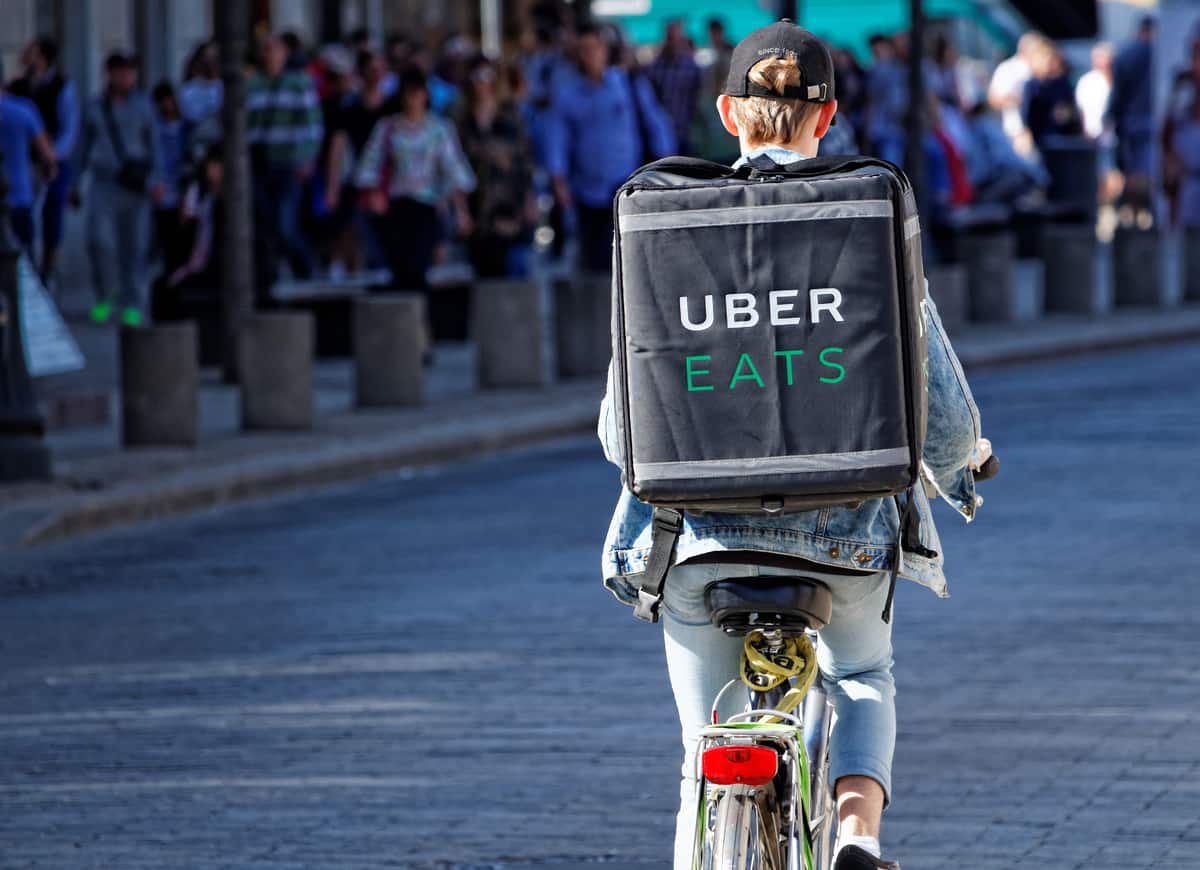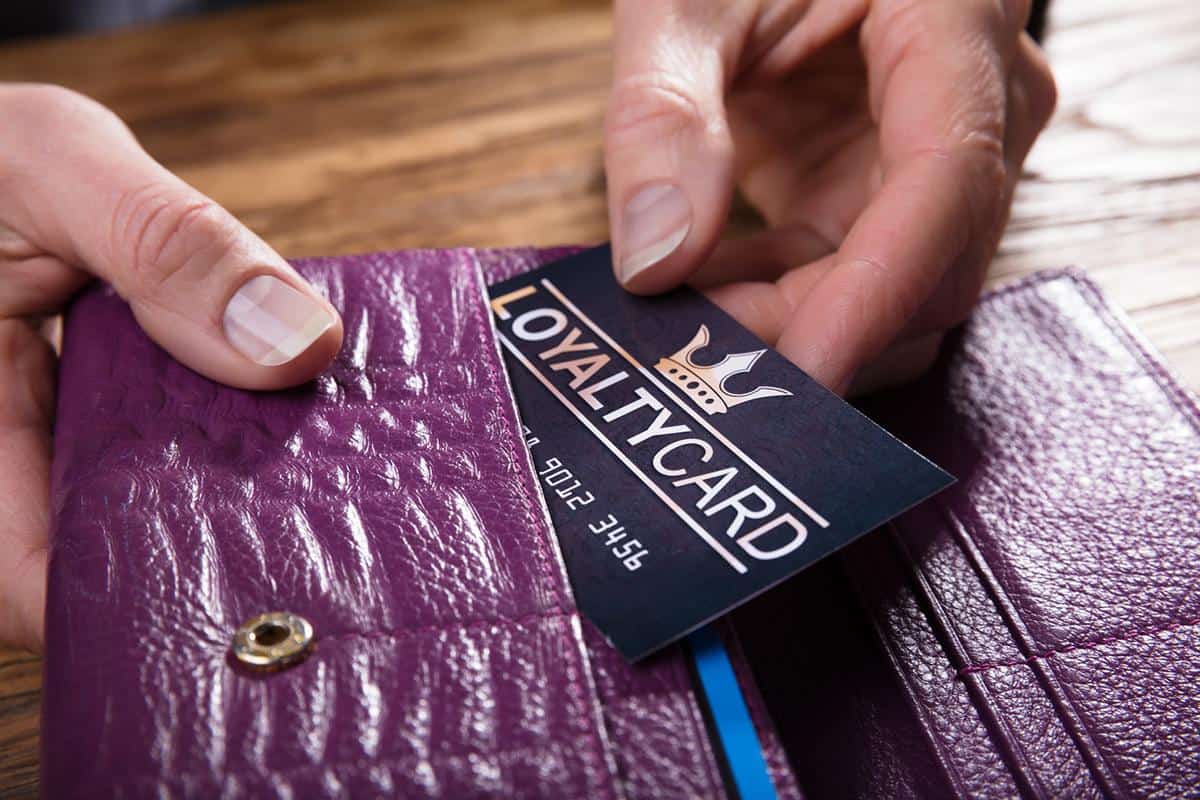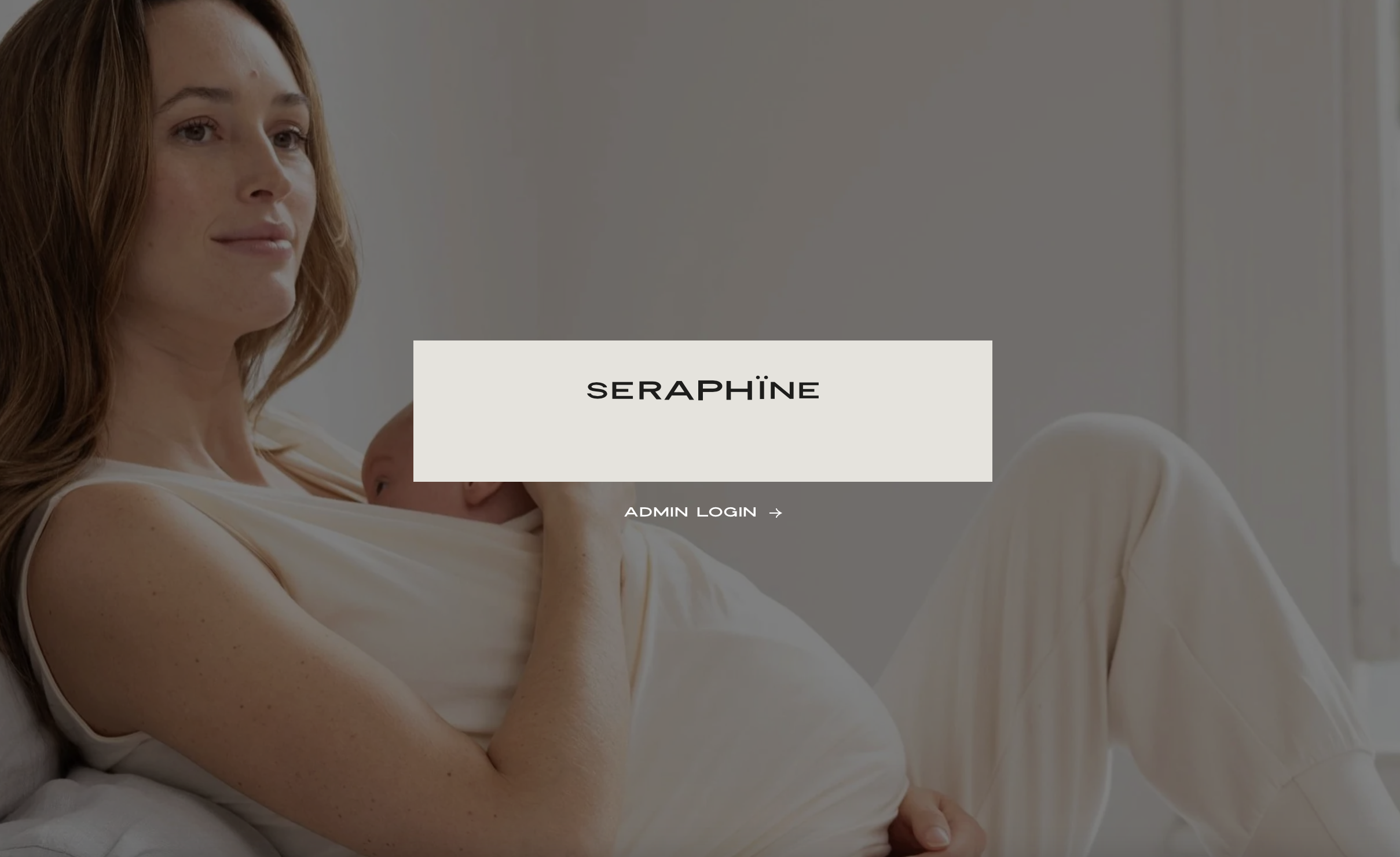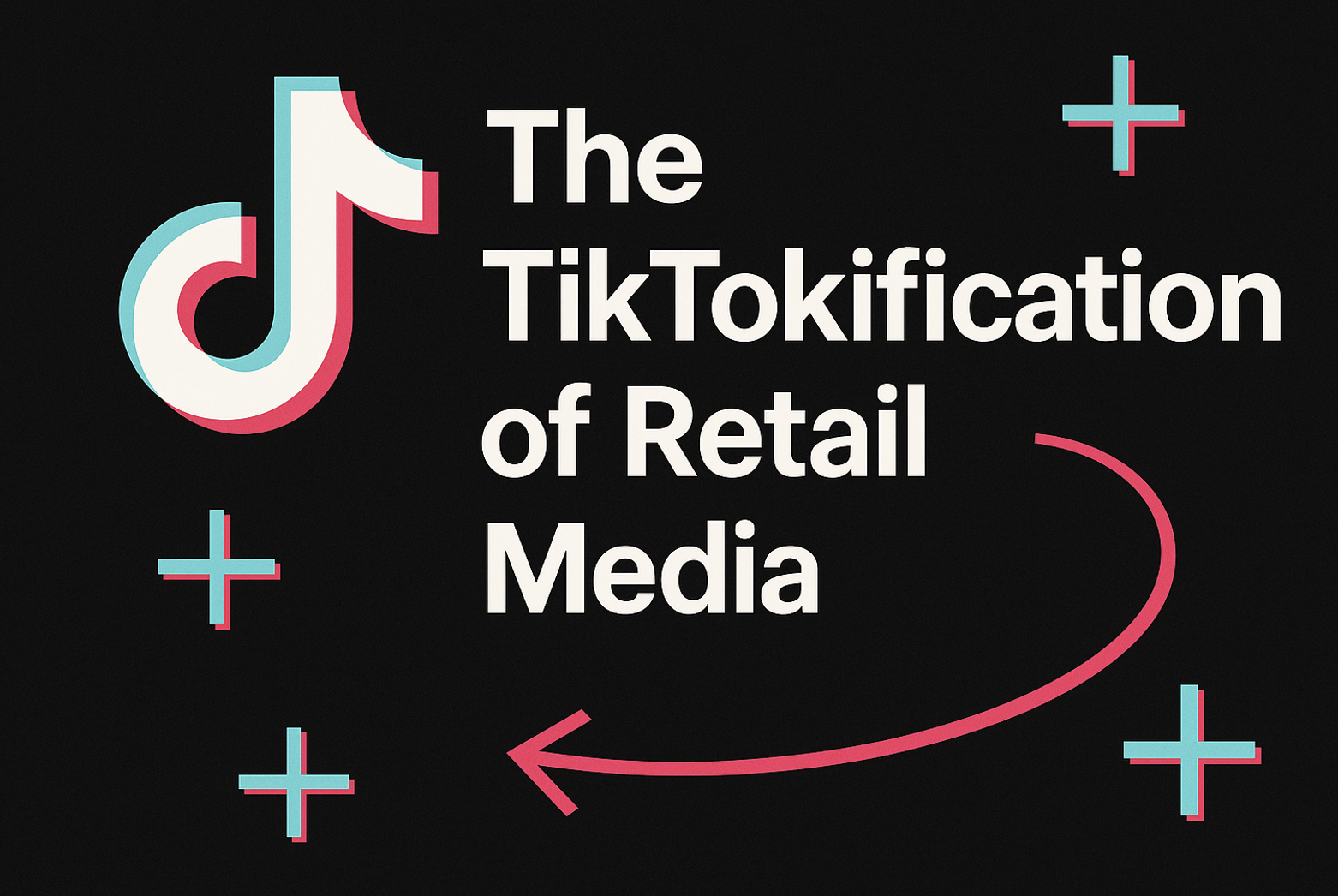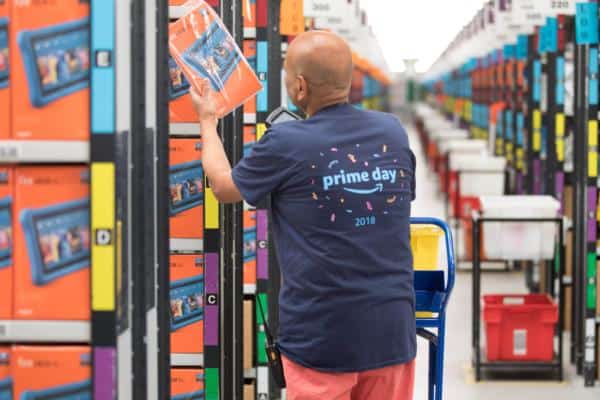While Uber isn’t a traditional retailer, it has established a unique retail media network (RMN) by capitalising on its massive user base and in-transit environment. Uber Journey Ads was launched in October 2022 when the transit company saw the opportunity to connect brands with consumers throughout the ride-booking process and subsequent journeys.
Working with Omnicom Media Group, Uber’s first-party data and insights across its mobility and delivery businesses presents the world’s biggest companies with compelling new surfaces and closed-loop attribution to reach Uber’s audience of 122mn monthly active users.
The nature of the Uber business makes it an interesting one to look at as a retail media network. While it offers all the usual things such as targeted display and video ads across the company’s apps – both its ride app and its Uber Eats food delivery app – it also has the ability to target based on location.
For Uber this includes offering sponsored locations, which can highlight specific restaurants, convenience stores, or other businesses within the Uber app based on user location and potential needs during their ride. It also has location-based targeting that displays ads for other nearby businesses based on the user’s location data.
Uber Journey Ads explores interactive elements such as allowing riders to order food from restaurants displayed within the app for seamless integration between advertising and immediate action.
Brands targeting a captive audience with targeted ads is standard to any RMN. However, here there’s the added overlay of location and intent to add to the mix.
The company has the potential to innovate around this to develop new, location related targeting for brands. This could include dynamic pricing that adjusts ad costs based on factors such time of day, rider location and demand for specific services. It also has the potential to collaborate with other ride-hailing companies to expand reach and offer broader advertising solutions.
And it is working. In Uber’s annual data for 2023, the company reported that its advertising arm had a revenue run rate of $650mn. While not in the same league as the likes of Amazon or Walmart, it is a significant and growing facet of this fascinating quasi-retail business that shows how niche players can profit in the retail media market. Having a unique selling point – in Uber’s case, a double whammy of captive audience and location data – a brand with first-party consumer data can create a lucrative, if small, network for a key group of brands keen to reach its market.
What it offers
Uber Journey Ads offers a variety of opportunities for brands to reach a captive audience in transit, including:
• Journey ads – Capturing consumers’ attention during their trip on-device and in-vehicle, where available.
• Sponsored listings – Placed across Uber Eats to capture the attention of ready-to-purchase consumers.
• Homepage billboards – Giving brands the ability to prominently display messaging on the Uber Eats homepage.
• Post-checkout ads – Promoting to purchase-minded consumers as they wait for their order updates.
• In menu ads – Enable restaurants to feature seasonal or specially priced menu item to entice consumers to take advantage of the promotional offer.
• Out-of-home car top ads – Physical inventory across top US cities.
This profile is one of nine in the RetailX Retail Media 2024 report. It also looks at UK retailers such as Tesco, Co-op, Walmart and Amazon Advertising.
Drawing on ConsumerX research, third party data and value-chain testimonials, the report explains the concept of retail media networks, their evolution, how to leverage them from any point within the value-chain and where they go next.
Stay informed
Our editor carefully curates a dedicated Retail Media newsletter on a bi-weekly basis, filled with up-to-date news, analysis and research, click here to subscribe to the FREE newsletter sent straight to your inbox.
